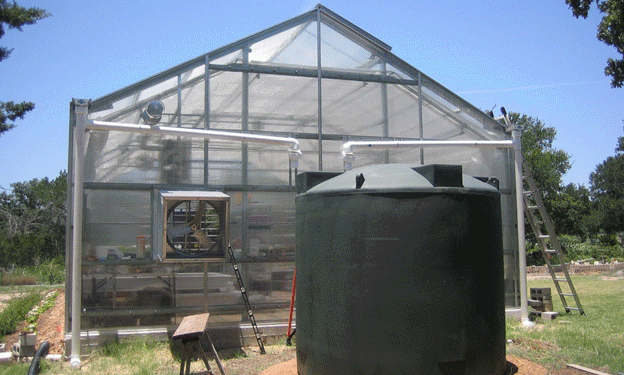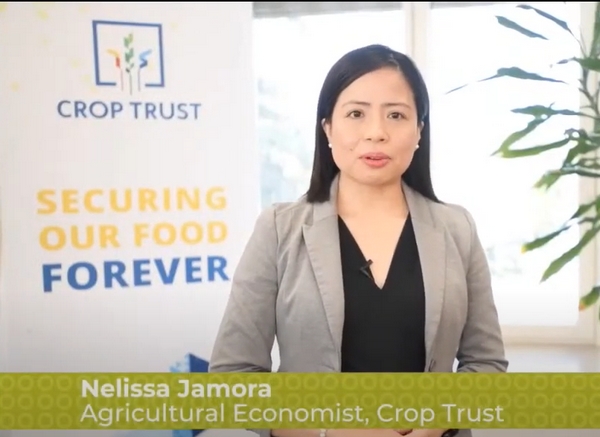This waste not only exacerbates global hunger but also intensifies environmental issues. Agriculture is a major consumer of water, energy, and labor, and its overproduction leads to the unnecessary depletion of natural resources. Additionally, food waste contributes to greenhouse gas emissions, with agriculture accounting for up to 8.5% of global emissions directly and an additional 14.5% from land-use changes, as reported by the IPCC.
The Role of Irrigation in Agriculture
Water scarcity, aggravated by climate change, has made efficient irrigation systems critical for sustainable agriculture. Traditional irrigation methods such as surface and sprinkler irrigation are water-intensive, with surface irrigation requiring between 10,000–15,000 m³/ha/year and sprinkler systems needing 6,000–8,000 m³/ha/year. In contrast, modern methods like drip irrigation significantly reduce water usage to 2,000–4,000 m³/ha/year, highlighting the importance of adopting water-efficient technologies.
Atmospheric Water Generation (AWG) as a Game-Changer
Atmospheric Water Generation (AWG) is an advanced technology that extracts water directly from the air, offering a sustainable solution for irrigation, especially in arid and water-scarce regions. The atmosphere contains vast amounts of water in vapor form, and AWG systems can harness this moisture, independent of traditional water sources like rivers or aquifers.
How AWG Works
AWG systems primarily operate using two methods:
- Condensation Technology: This method cools air to below its dew point, causing water vapor to condense into liquid form, much like dew forming on a cold surface.
- Adsorption Technology: This approach uses materials that absorb moisture from the air, which is then released and collected as water.
These systems can run on renewable energy sources like solar power, making them not only sustainable but also cost-effective in the long run. Systems such as the Pilatus AWG are designed to be highly efficient and mobile, capable of providing a reliable water supply even in the most challenging environments.
Benefits of AWG in Agriculture
AWG technology offers several benefits for agriculture:
- Independence from Traditional Water Sources: AWG allows farmers to bypass unreliable or depleted water sources, ensuring a steady water supply regardless of environmental conditions.
- Sustainability: AWG reduces the strain on natural water bodies and groundwater reserves, contributing to the preservation of ecosystems and biodiversity.
- Scalability and Flexibility: AWG systems can be scaled to meet varying water demands, making them suitable for both small and large-scale agricultural operations.
- Energy Efficiency: When combined with renewable energy sources, AWG systems offer a low-cost, low-impact method of water generation that is particularly valuable in off-grid locations.
Case Study: AWG in Action
A practical example of AWG’s potential is its application in drought-prone regions where traditional irrigation is not feasible. For instance, in parts of Africa and the Middle East, AWG systems have been deployed to provide a reliable water source for both drinking and irrigation, significantly improving local food security.
Atmospheric Water Generation is poised to become a cornerstone of sustainable agriculture, particularly in regions facing severe water scarcity. By decoupling water supply from traditional sources, AWG can help secure the future of global food production, ensuring that we can meet the needs of a growing population while preserving our planet’s precious resources. As climate change continues to pose challenges, innovative technologies like AWG will be essential in creating resilient agricultural systems.











